What is UX and UI? and the differences
UX Design is the User Experience Design and is based on the analysis. UI Design, on the other hand, is defined by the User Interface Design and is focused on the graphics arrangement of a website to make it easier to interact with a visitor. Both of the elements are vital to any product when they work together. Although they are both needed to make a successful achievement online, they offer significantly varying results. Unfortunately, the terms are interchangeably used and confused even among professionals. It would be safe to say that UI alone would be like a painter without strategy or thought. Success in business, therefore, needs UX before it focuses on UI, yet both are vital tools.
To give an illustration for a better understanding, consider the human body. Your bones give it the structure hence the appropriate code. UX design will, therefore, be represented by the organs to measure and optimize functions depending on the feeding or input. UI design, on the other hand, will be represented by the makeup, dressing, reactions, and sensations as you interact with friends and associates.
Since both UX and UI designers make and enhance interactions, you can choose to think of UX designers as the architects of details while their counterparts build bigger interactions. The features and details of a product help to draw visitors and keep them loyal to the product. After designing the user flows such as signing newsletters, UX designers pass it over to the UI designers, who refine the interactions to be more appealing. This simply means improving their overall look. They focus on emphasizing the original design to give users a friendly atmosphere, which guides them to navigate comfortably. Ui/Ux work in Malaysia is being appreciated lately and I am sure it would soon reach to its peak.
UX makes interfaces useful while UI makes them attractive
It is after completing the user-flows and wireframes and testing them that the UX designer passes them for an aesthetical process. This will involve a color scheme and typography, which will be both attractive and friendly to the user. The color choices not designer-oriented, but user-defined. This means you cannot design one according to personal preference, but on the persons who made the UX design, which seeks to solve targeted users’ problems. The designers, therefore, form a visual hierarchy to guide the users through their objectives at the website. A successful hierarchy, for example, highlights the main objective on each page to make it clear the location of the site, which can accomplish their needs.
UX helps users address their needs while UI gives emotional connections
After securing a prototype for the business, you need to give it personality so that it can relate with the users. Gaining loyalty from your users requires that you give emotion to your product. People will be attracted to your site because of the design. Depending on the type of target audience you have chosen, the choice of color and design will keep them coming for more. For this reason, you need a striking design to give them wanting to relate with it and stay hooked to it. Positive emotion in your site will attract appreciation and long-term relations. Make them laugh and enjoy small details to guide them into what they want to achieve in the end.
UX Designs come first, UI Design follows
Although this is the order of things, it may not be necessary all the time. UX design involves research and analysis hence comes first to enable the building of a product application. The designers deal with a lot of research to validate a product as valuable depending on the ideas of the development in relation to user requirements and needs. After the iterations to verify its value, the UI designer takes over to complete the visual design. Although it is the natural way of things, it is, however, not possible every time. It depends on who handles both processes and whether it is a team or not. If they are related, they will probably want to complete their work simultaneously. The rule may, therefore, not apply in all cases. There are an increasing expectation of UX expertise and UI design skills today


